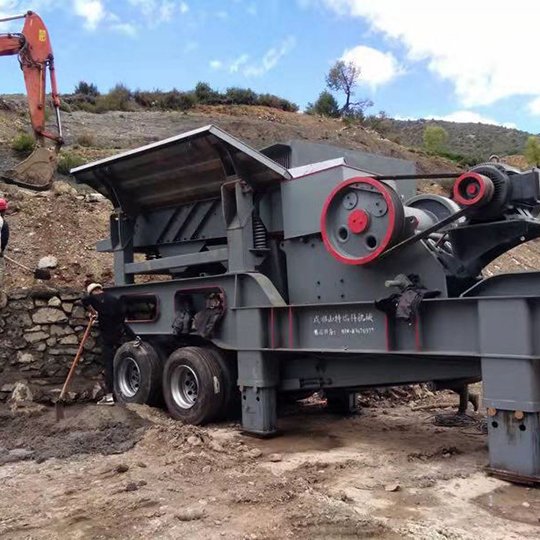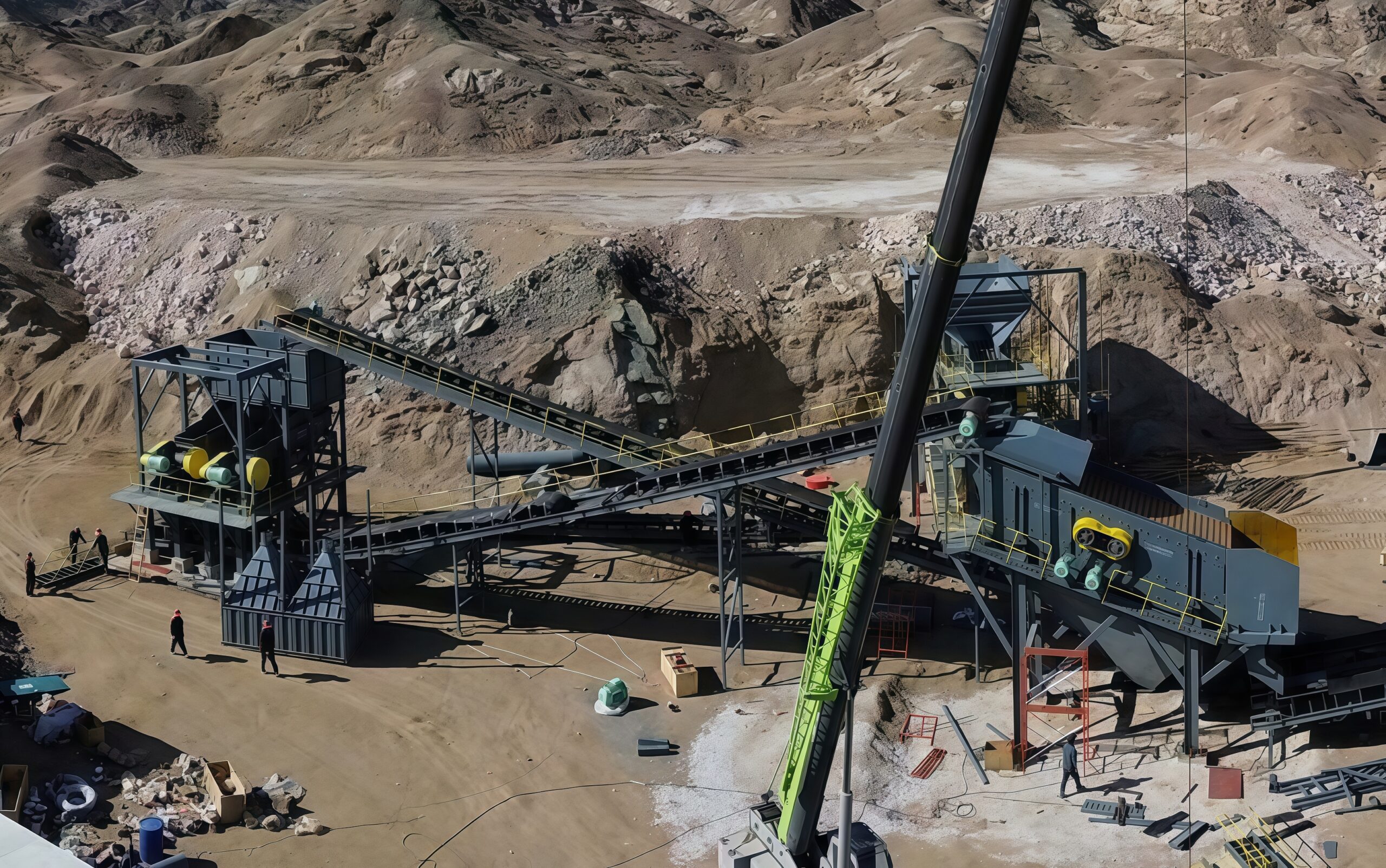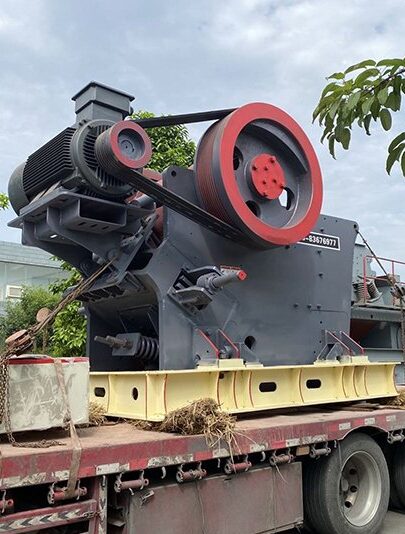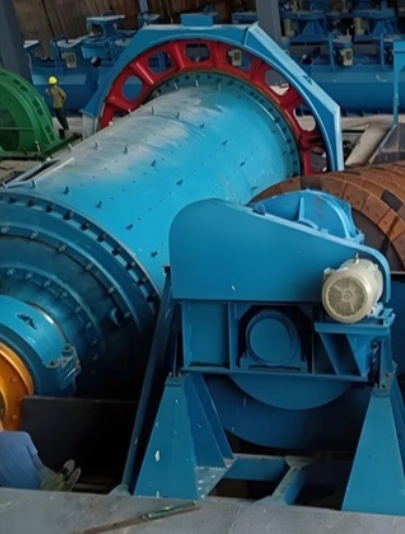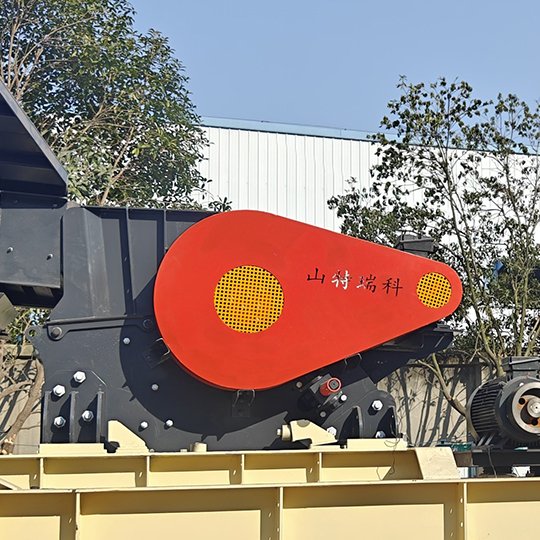Jaw Crushers are widely used in mining and construction, as well as recycling. Due to their rugged reliability and robust processing capacity, they fulfill the important task of crushing material at the primary stage.
You will get great benefit from having an understanding of both the type and model range so that you can make a truly correct selection, allowing you to operate more effectively as well as improve output and return on investment.

I. Classification–System and Operational Mechanisms of Jaw Crusher
Single Pendulum Jaw Crushers (SPJC) and Compound Pendulum Jaw Crushers (CPJC)
Single Pendulum Jaw Crushers (SPJC)
With a SPJC, the movable jaw path is defined across the arc in a narrow area about the loop from a fixed-axis suspension spindle.
The SPJC is quite robust in structure; and will effectively crush very hard and very abrasive materials.
The SPJC has a very high capacity and must be designed to account for extremely high-weight/inertia forces; therefore, the concrete foundation has to endure very high demands.
Compound Pendulum Jaw Crushers (CPJC)
This is a new and modern type of equipment; the movable jaw is suspended at the top and moved at the bottom with very complex sway movement from the eccentric development and the toggle plate.
Overall the CPJC design is much more compact and lighter; and there is much more room for crushing better with particularly lesser energy consumption per unit, potential uniformity of wear, maintenance is better and overall it will also represent the highest computed and operating type of jaw crushers, since they are actively designed into the whole industry and indeed the world.
II. Technology Iteration/Design
Traditional Jaw Crushers
This type of Jaw Crushers should be very familiar to you, and as an often recurring type of equipment they will appear to you very simply.
The traditional type of equipment relies on the operation from fixed jaws digitally attached to movable jaws and predominantly a motor drive.
Despite having limited moving parts and limited intelligence and automation the traditional type of jaw crusher is still found being used globally by both sectors and makes; it represents a great advantage for price, and ease of upkeep etc.
Hydraulic European Jaw Crusher
The hydraulic type of Jaw Crusher comes to state-of-the-art equipment overall in its field with further functional innovations, a fair degree of control, smart control systems, vector motors, potentiometers-believe it or not, default mesh position accurate to the millimetre, and maximised designed crushing chambers that consume, degrade and wear much proper and less overall wear and energy while handling higher throughput-products.
Even more severely damaging as to what would be considered rationale use of hydraulic the adjustments needed for our systems to re-position will be extremely accurate, and the integration for automatic iron pass protection does not break any of the main integrated structural elements despite the very high inertia forces witnessed allowing these systems accounting to achieve orders of magnitude more efficiency therefore productivity with astonishing measurable cost cutting.
Intelligent Jaw Crushers
Intelligent Jaw crushers are the most advanced type of Jaw Crushing Systems in use today.
The chances of other more improved systems would be sensor-embedded, smart control, automation, and automation with IoT; if there is any space, they do sensibly capable of self-service when influencing what has purposely been consumed message means basically in real-time, the sensors have capabilities, such as the advance of monitored crushing condition apparently inhale and provide autonomy correctly adjusted operational attempts on a protocol of operations.
Smart taken capable in remote management methods, sound level early warnings/maintaining early warning of failing.
One direction we want to take our platform in line with formal ISO14001 declaration can assist in considerable measured improvements of raw throughput with minimal energy consumption.
III. Different Types by Mobility
Mobile Jaw Crusher (Tire-Type, Track-Type)
Mobile Jaw Crushers (both tyre and tracked) are mobile/transportable chassis with the flexibility to be used in a variety of project scopes for regional and rapid transfers (and without the need for bulky infrastructure).
Tyred Mobile Jaw Crushers – can be transported over the road (for projects where the site location needs to be changed).
Tracked Mobile Jaw Crushers – Off-road mobility for rapid movement and positioning in rocky areas (e.g. mining sites, demolition sites).
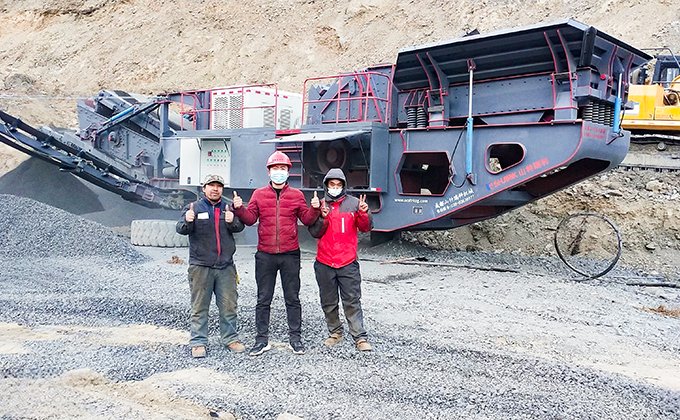
Fixed Jaw Crusher
Stationary Jaw Crushers need to be permanently installed on a concrete foundation. Their large size and high production capacity make them the centrepiece of large stone production lines, large mines and quarries.
Their fixed installation reduces vibration and ensures stability during long term large scale operation, making them a core workhorse for large scale production.
A lot of people are left wondering if a mobile jaw crusher is more economical than one fixed to a location. The answer depends on your operation needs. If location is not fixed and you transfer work often, a mobile jaw crusher is a better choice; if long-term large-scale production is your goal and you are at a fixed location, a fixed jaw crusher has clear advantages.
IV.Different Types by Feed Opening Size Small Jaw Crusher
Small Jaw Crushers have compact structures, the feed opening sizes of an average of less than 300 mm, and low processing capacity (1-50 tons / hour). Small jaw crushers are small in size, easy to operate, and low in energy consumption making them suitable for work sites in labs, small quarries, and small-batch material recycling.
Medium Jaw Crusher
Medium Jaw Crushers have a feed opening sizes of 300-600 mm, and processing capacity (50-500 tons / hour).
Medium Jaw Crushers are mostly functional, can efficiently crush a variety of construction aggregate and medium-hard ore, and as a result are commonly used in medium-sized mining, construction and other applications.
They also tend to hold a good balance overall in cost performance, size, and production capacity which make them commonplace in sand and gravel plants and small/medium-sized mines.
Heavy-Duty (Large) Jaw Crusher
Heavy Duty Jaw Crushers (have a feed opening width ≥ 600 mm) are designed uniquely for large-scale crushing for large-sized material and large hard rock.
Heavy duty Jaw Crushers are constructed to withstand robust wear and tear and possess a large motor power and extremely high production capacity (normally over 500 tons/hour).
Due to these features they are used for primary crushing in large mining and quarry operations and they are the backbone on a stone production line.
If you are crushing granite with a rate of 100 tons per hour, a medium Jaw Crusher or entry level heavy duty Jaw Crusher would be suitable! Of course, that also depends on the particle size and hardness of the material you are crushing as well as the fineness of your end product!
Conclusion
Jaw Crusher products come in different ways, with the main differences consisting of fundamental structural principle, technical degree, etc. mobile and fixed types, and the capacity to process material. Knowing these differences will help you choose the best option based on the characteristics of the material, production requirements and much more.
We offer different types and models of jaw crushers. Our offer has a solution for you. Contact our experts now and get a free customized material crushing solution!


